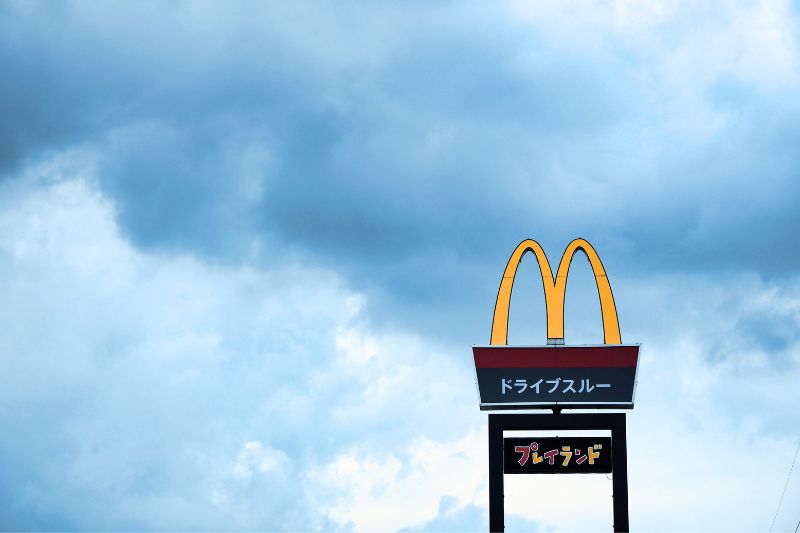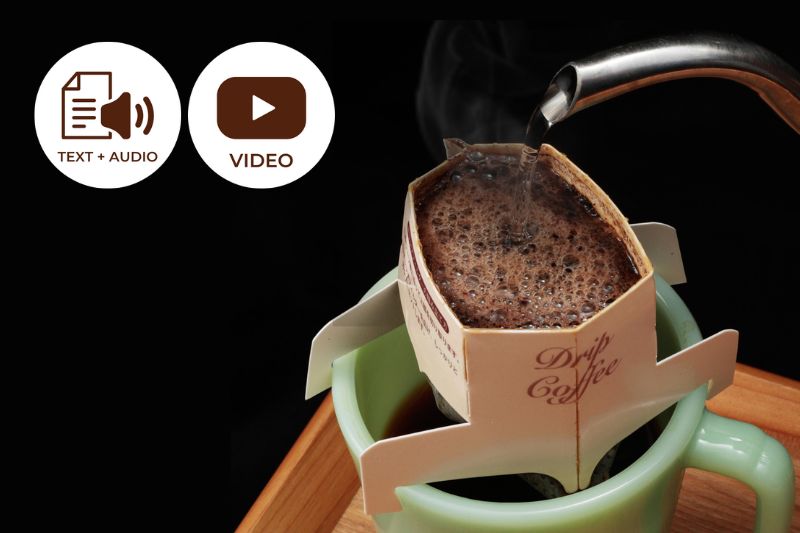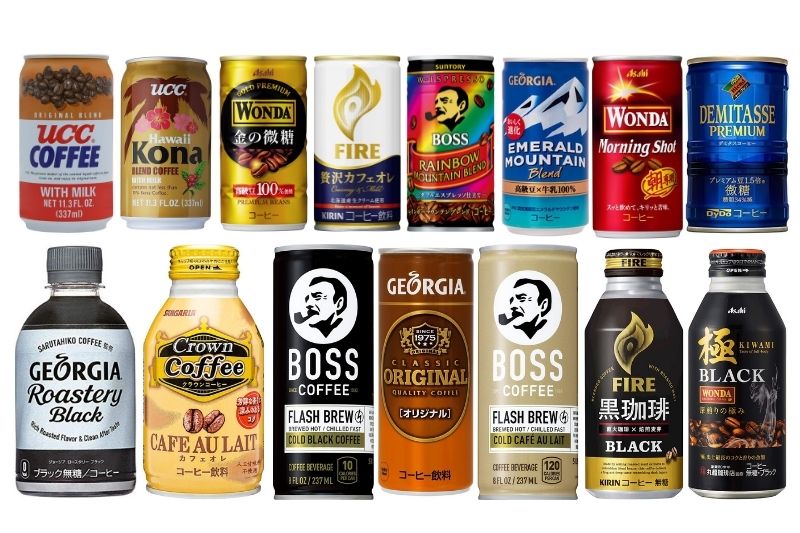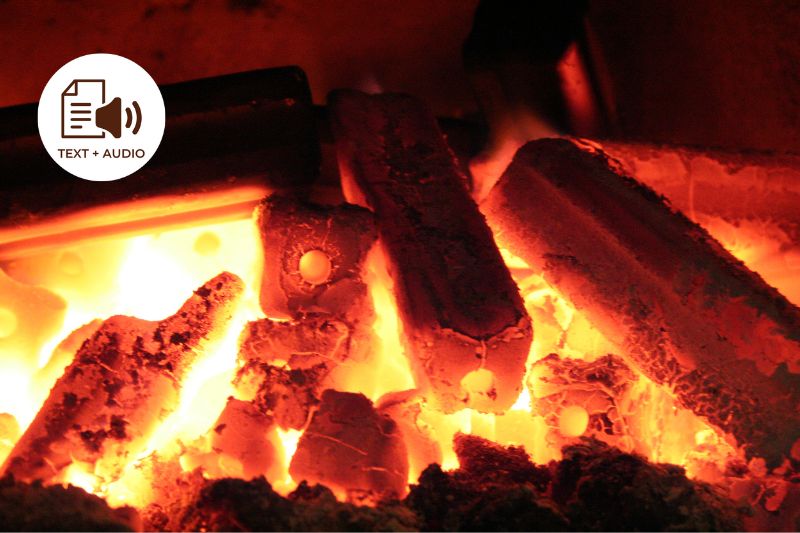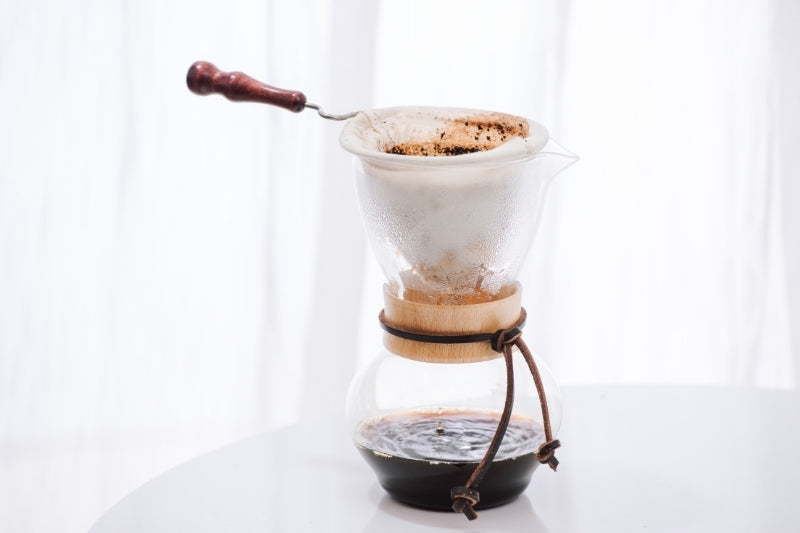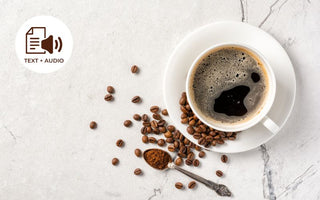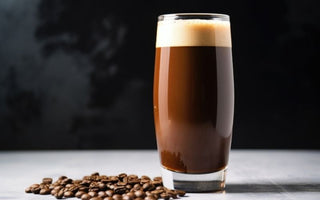You would probably be more inclined to associate the country of Japan with tea rather than with coffee, but the Japanese are, in fact, avid coffee drinkers. The country is reported to be the third when it comes to total consumption among importing countries. Considering its relatively small size, that means a whole lot of coffee lovers.

Japanese Coffee Culture
The Japanese put a lot of emphasis on hospitality and the right atmosphere. In traditional Japan, partaking in tea is the way to do it. Later on, coffee provided them with another option that may seem more modern but still infused with old-world customs.
Dutch merchants introduced coffee early on, but it wasn’t until the Meiji restoration in the late 1800s that the Japanese started cottoning to the more bitter brew. However, coffee’s popularity completely took off post-World War II after Japan resumed imports. These days, you’ll find coffee everywhere in Japan, even in its remotest nooks and crannies. They’re in supermarkets, convenience stores, vending machines, and, of course, homes.
International chains like Starbucks and domestic ones like Doutor Coffee abound in Japan. Still, there are also two types of coffee shops that are more intrinsically Japanese, and the locals often favor these. The first is the “Bubble Era” shop, which is reminiscent of the late ‘80s and Japan’s economic bubble. This is usually a dimly lit, ornately decorated café frequented by white-collar men. They sip their coffee from delicate china while puffing away on their cigarettes.
The second type of Japanese coffee shop is the trendier variety. The design of the café is sleek, and the crew is staffed with avant-garde baristas and latte artists. It is primarily found in the upscale sections of Tokyo, attracting stylish youth like those Harajuku girls, who diligently share their lifestyle on Instagram, showing off their kawaii ensembles or cosplay outfits with their well-crafted coffee drinks.
Coffeedō
Japan is known for absorbing foreign influences and somehow making them their own. It is probably because the Japanese believe in “the way” or “dō.” The idea behind it is that there is no perfect form of anything, only improved versions. You can see this in “sadō” (the way of tea), “kendō” (the way of the sword), “judō” (the way of self-defense), etc. What exists is a discipline, but there isn’t a best way, so those who practice it simply strive to get even better.
The Japanese applied the concept to coffee. They sought ways to improve whatever was available. So, even as you read this, a Japanese visionary is attempting to innovate ways to better the current coffee experience. As it is, they have already provided the world with many contributions to the coffee industry.
Take the third-wave coffee culture, for instance. It’s nothing new to Japan. Artisanal coffee served in an indie, more intimate space is characteristic of traditional Japanese kissatens. The only difference is that third-wave coffee shops are more hipster in nature while kissatens are more “mom n’ pop,’ but you get the same emphasis on quality, especially in terms of bean selection, roasting, and brewing. In effect, what was new and exciting to the world in the early 2000s was already old hat to Japanese coffee shop goers. That can be attributed to a conscious effort to achieve an excellent coffee experience.
First from Japan
In practicing what can be candidly called “coffeedō,” the Japanese were able to come up with concepts and inventions that made an impact on the world of coffee. Here are some of them.
Sumiyaki coffee

This is charcoal-roasted coffee that has been popular in Japan since the 1930s. If you like dark and syrupy coffee with a smoky quality to it, then you’ll be thrilled to get acquainted with sumiyaki coffee. The roasting method involved here is comparable to hibachi-style grilling. It results in more uniformly rounded beans with a velvety finish. Flavor-wise, it has a rich but balanced taste with noticeable smokiness and a smooth mouthfeel. There’s an art and a science to charcoal-roasting coffee. It takes a true artisan to do it right. The time it takes to burn the beans is also three times longer. Both translate to more expensive coffee, but the end product is well worth the effort and expense. You can read more about sumiyaki coffee here.
Nel drip

Nel drip is a manual extraction method that results in full-bodied, rich-but-clear-tasting coffee with a smooth, velvety texture. It originated in Japan and has been the traditional brewing method used in the country. Like charcoal-roasting, using a nel drip requires technique. It’s nothing more than a flannel (‘nel) filter attached to a metal hoop. This creates a bed for a generous amount of coarsely ground coffee in which to sit. It seems straightforward, but a true expert knows what kind of coffee works best, how to prepare the filter, how to regulate the temperature of the water, what type of kettle to use, and how to time the pour-over. It takes lots of practice to master the nel drip.
Drip bags

Because of its rich tea culture, inventing the instant drip bag was probably a no-brainer for the Japanese. To begin with, they certainly took single-cup coffee preparation to the next level. It started with the pour-over method, the inspiration of which from the Japanese tea ceremony is very apparent. This, however, isn’t always practical for people on the go. Drip bags made opposite ends of the spectrum meet in the middle. It has the convenience of instant coffee with the better quality of pour-over coffee. The invention involves a folded paper stand fitted over a cup, dangling the paper filter below it. You simply drizzle hot water over the coffee grounds in the filter and, voilà, instant pour-over coffee - an oxymoron no more.
Canned coffee

The Japanese are famous for innovating more convenient and efficient options. Canned coffee is a good example. It is pre-brewed coffee that is sold ready to drink. The first canned coffee was produced in 1965 by Mira Coffee in Shimane. While it didn’t take off at that time, it planted the seed of the idea. In 1969, UCC pioneered canned coffee with milk. Nowadays, canned coffee is widely available in Japanese supermarkets, convenience stores, and vending machines. There are different types of canned coffee available: black, with milk, with sugar, cafe au lait, and even flavored ones like hazelnut. In addition, some people collect canned coffee varieties from different brands and periods. Undoubtedly, canned coffee has a strong following in the country and beyond.
Canned coffee vending machines
Did you know that you can get canned coffee hot or cold? And did you know you can get them either way from vending machines? Japan is the land of vending machines. So, while it’s fantastic that this is possible, it’s a little less remarkable that it is available in Japan because you kind of expect it; after all, the country’s lineup of vending machines and their prolificness are nothing short of impressive. Coffee vending machines originated in America, but vending machines that sell hot and cold canned coffee are strictly Japanese. You can trace it back to 1973 when Pokka Coffee introduced the hot and cold drink vending machine. I wrote more about canned coffee on this blog here.
Final Thoughts
The Japanese don’t do things halfway. If they love something, and this is certainly the case with coffee, they’ll keep on finding ways to explore its potential and elevate their experience with it. Some of these innovations are now making their way around the world. Those that have yet to branch out undoubtedly give another reason for coffee lovers to visit Japan.
Get Free Bonus Book


